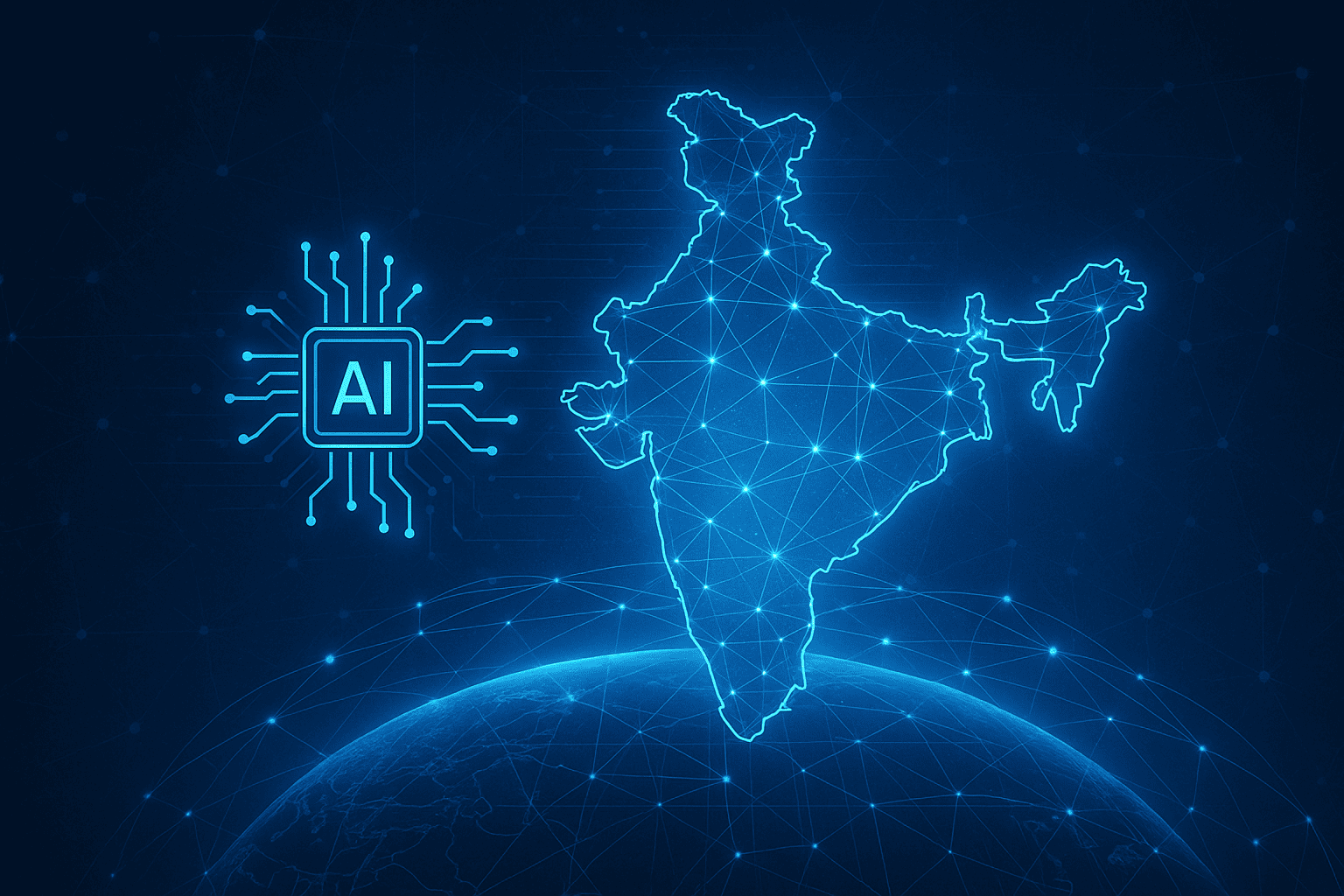Can Technology Be Nature’s Guardian?
The health of our planet is in crisis. The past few decades have seen an alarming rise in deforestation, wildfires, biodiversity loss, and climate change-driven natural disasters. Each year, we lose around 10 million hectares of forests (FAO, 2022), and wildfires release more carbon dioxide than entire countries (TOI, 2023). Overfishing, poaching, and habitat destruction have pushed wildlife extinction rates above natural levels (WWF, 2022).
Historically, conservation efforts have been reactive rather than preventive. Traditional environmental monitoring methods, such as satellite imaging, manual patrolling, and sensor-based tracking, often provide information too late to stop the damage. But what if we could predict and prevent these disasters before they escalate?
This is where Artificial Intelligence (AI) and Computer Vision come into play. By processing and analyzing vast amounts of visual data in real-time, these technologies can detect deforestation, predict wildfires, monitor endangered species, and track illegal activities like poaching and overfishing. AI is turning passive environmental observation into active intervention.
AI for Forest Protection: Stopping Deforestation and Wildfires Before They Spread
The Growing Threat of Deforestation
Forests are the lungs of our planet, absorbing CO2, producing oxygen, and maintaining biodiversity. Yet, deforestation remains a global crisis, responsible for about 15% of total carbon emissions (World Resources Institute, 2023). The Amazon rainforest alone has lost over 17% of its tree cover in the last 50 years, resulting in the release of 1 billion metric tons of CO2 annually.
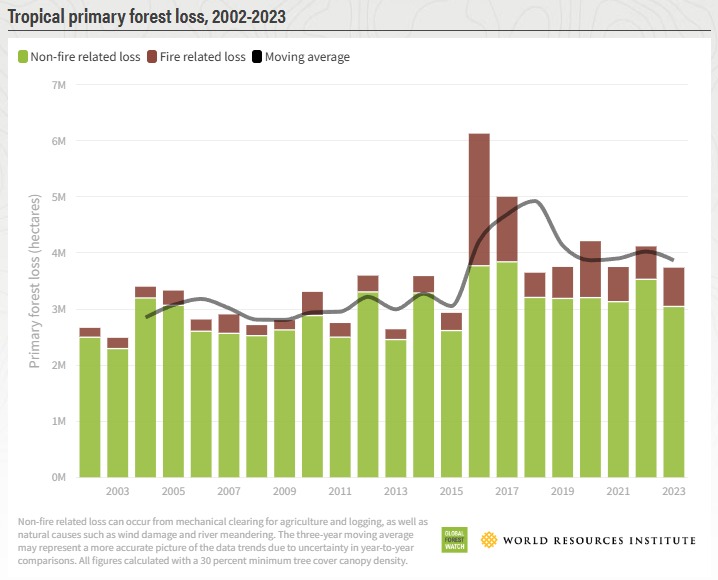
Traditional deforestation monitoring methods rely on satellite imagery and manual inspections, which often take weeks or months to process and respond. By the time deforestation is confirmed, significant damage has already been done.
How AI & Computer Vision Are Transforming Forest Conservation
AI-powered Computer Vision offers real-time, automated deforestation monitoring that significantly enhances conservation efforts. Here’s how:
Valiance Solutions’ AI-driven satellite monitoring system detects forest fires and deforestation in real time. Satellites capture incidents, which are analyzed using a Smart Safety Algorithm in the cloud. The system then sends immediate alerts to control centers, enabling swift response and effective environmental protection.
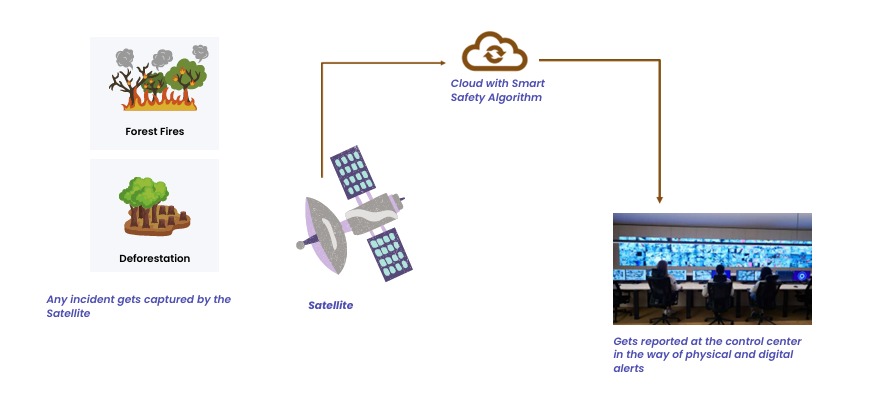
- AI-Powered Satellite Monitoring: AI algorithms analyze satellite images to detect early-stage deforestation patterns within hours instead of weeks. By comparing images over time, AI can identify illegal logging and land-use changes in real-time.

- Predictive Modeling for Risk Areas: Machine learning models assess factors like soil moisture, temperature, and historical deforestation trends to predict high-risk areas for illegal logging before it begins.
- Automated Alerts to Authorities: AI-powered detection systems immediately notify forest rangers, allowing for rapid intervention and enforcement.
Wildfires: The Unseen Disaster Until It’s Too Late
Wildfires are increasing in frequency and intensity due to climate change. In 2023 alone, wildfires in Canada burned over 18 million hectares, emitting more CO2 than the entire country’s annual emissions (TOI, 2023). Traditional wildfire detection depends on human observation, which often leads to delayed responses.
How AI is Fighting Wildfires
- Early Smoke and Heat Detection: AI-powered cameras and satellite imagery can detect smoke, heat anomalies, and even chemical signatures of fires long before they are visible to the human eye.
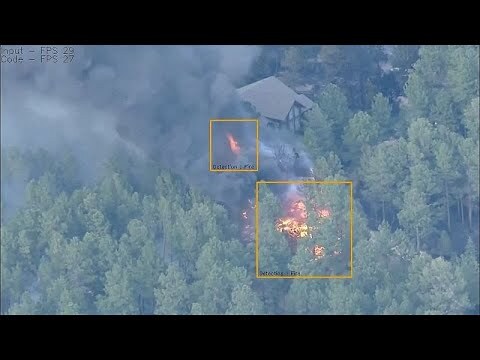
- AI-Driven Fire Spread Prediction: Machine learning models simulate fire behavior based on wind speed, terrain, and vegetation density, helping firefighters anticipate and control the spread of wildfires.
- Autonomous Firefighting Drones: AI-enabled drones equipped with fire suppression technology can be deployed automatically to high-risk areas.
Protecting Wildlife: AI as the Eye in the Wild The Rising Human-Wildlife Conflict
As urbanization expands, wildlife habitats are shrinking. Animals are increasingly entering human settlements, leading to dangerous conflicts.
- Elephants, tigers, and leopards cause significant damage to crops and property, leading to retaliatory killings.
- Traditional tracking methods like manual patrolling and radio collars are expensive and inefficient.
How AI & Computer Vision Are Transforming Wildlife Conservation
- AI-Powered Camera Traps: AI-equipped surveillance cameras can automatically identify and classify species, providing real-time monitoring.
- Poacher Detection: Smart surveillance cameras with motion detection and anomaly analysis can identify illegal activities like hunting and trapping.
- Predictive Wildlife Movement Tracking: AI predicts migration patterns and suggests safer routes to reduce human-wildlife conflicts.
- AI-Based Risk Index for Conflicts: AI calculates risk scores for potential human-wildlife conflicts and provides recommendations for preventive action.
Wildlife Eye
Valiance Solutions has developed Wildlife Eye:
Wildlife Eye’s AI-powered system helps mitigate human-animal conflicts using smart cameras and real-time alerts. AI cameras detect wildlife near villages, classify threats via a cloud-based algorithm, and instantly notify users through the Wildlife Eye Mobile App, enabling swift action and enhanced safety.
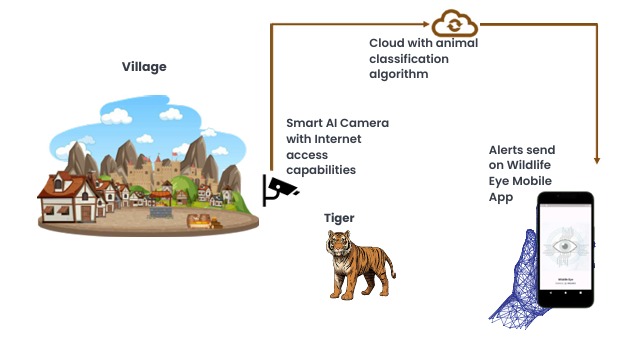
- Use AI-powered real-time monitoring to prevent human-wildlife conflicts.
- Predict high-risk zones for wildlife movement.
- Send automated alerts to conservation teams for timely action.
These solutions are deployed in 120+ locations, including Tadoba, Pench, and Jim Corbett Tiger Reserves.
The Future of AI in Environmental Sustainability
Beyond forests and wildlife, AI is transforming climate action by:
- Tracking plastic waste in oceans using satellite imagery.
- Monitoring air quality and pollution sources in urban areas.
- Enhancing climate modeling for better disaster prediction and response.
Conclusion :
AI as the Guardian of Our Planet AI and Computer Vision are no longer futuristic concepts; they are active enablers of environmental sustainability. These technologies are empowering conservationists, governments, and businesses to make smarter, data-driven decisions that protect our ecosystems before irreversible damage occurs.
As climate change accelerates, leveraging AI will be critical in mitigating environmental disasters, safeguarding biodiversity, and ensuring a sustainable future. Companies like Valiance Solutions are pioneering AI-driven solutions that track deforestation, prevent wildfires, and protect wildlife, demonstrating that technology and conservation can go hand in hand.
The question is no longer whether AI can help us save the planet, but how fast we are willing to implement these solutions. The time to act is now.


